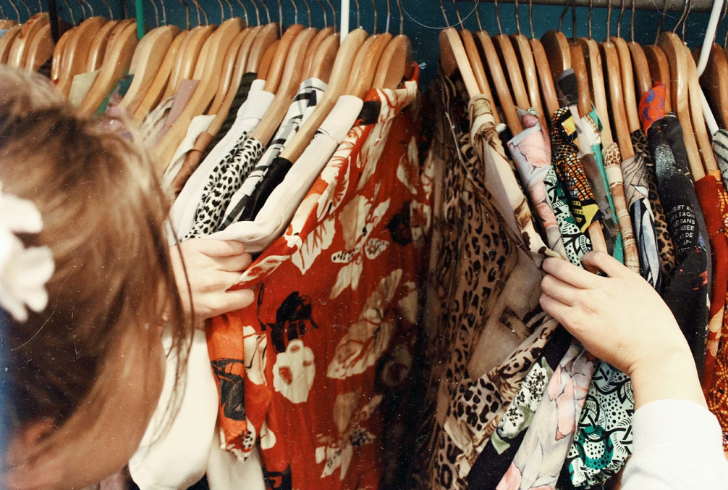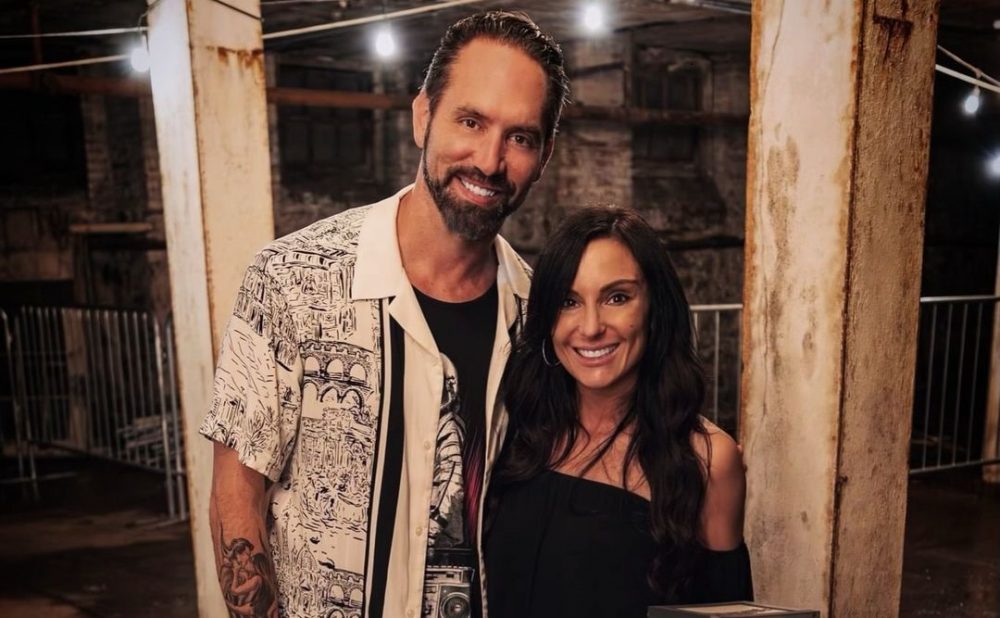Black Friday fever is sweeping the nation, with shoppers on the lookout for the best deals. While some are chasing the latest brands, a new trend called “thrifting” is causing a second-hand sales boom. Let’s uncover the reasons behind this shift by talking to a few thrifty shoppers.
Recycling Fashion: A Lesson from Mom

Unsplash | sustainable way to give clothes a second lease of life.
Elanor Plant, a 21-year-old graphic design student from Winchester, has been wearing second-hand clothes her whole life. Thanks to her mom, she learned the importance of recycling clothes early on. The old stigma around charity shops is fading, and Elanor finds joy in the variety and affordability they offer. Thrifting, she believes, is a sustainable way to give clothes a second lease of life, a choice especially crucial for students like her.
Affordability Meets Sustainability
Steph Hettle, a 27-year-old primary school teacher from Southampton, can afford new clothes but prefers second-hand shops. For her, it’s about helping the environment by preventing clothes from ending up in landfills. “Fast fashion” is notorious for its negative impact on the planet, contributing to greenhouse gases, pollution, waste, and poor working conditions. Steph’s choice reflects a conscious effort to combat these issues.
Fashion Responsibility: A Generational Duty

Pexels | Buying and selling second-hand clothes.
Molly Billingsley, a 29-year-old from Thame in Oxfordshire, started buying and selling second-hand clothes a few years ago. Recognizing the environmental and financial downsides of impulse buying, she emphasizes the responsibility her generation holds. As climate change awareness grows, Molly believes it’s crucial for everyone to contribute to sustainable fashion practices.
Gen Z Leading the Charge
Zara Canfield, a 30-year-old volunteer marketing manager at Oxfam, committed to a year without buying new clothes in 2019. Four years later, she’s still dedicated to her pledge and notices a rising interest in second-hand shopping among young people. According to Zara, Gen Z is at the forefront of changing shopping habits, with climate change serving as a key motivator. Small lifestyle changes, like shopping second-hand, are becoming increasingly popular.
Backlash Against Fast Fashion

Charity shops, according to the Charity Retail Association (CRA), have experienced significant growth, particularly from “sustainability shoppers.” The backlash against fast fashion is evident in the increasing numbers of people turning to second-hand options. Robin Osterley, CEO of CRA, notes a shift in mindset as people realize the environmental impact of over-manufacturing clothing.
Sustainable Fashion: A Growing Movement
Sass Brown, course leader in sustainable fashion at Kingston University, highlights a global surge in people opting for second-hand over first-hand items. The mainstream fashion system’s consumption and disposal practices pose a significant problem. Thrifting emerges as a substantial solution, keeping clothing in use for longer. Brown predicts the second-hand market will continue to grow, emphasizing the need for additional solutions to combat climate change.
The thrifting trend is more than just a fashionable choice—it’s a step towards a greener and more sustainable future. As shoppers embrace second-hand options, they not only contribute to reducing waste but also send a powerful message that the era of fast fashion is losing its appeal.







